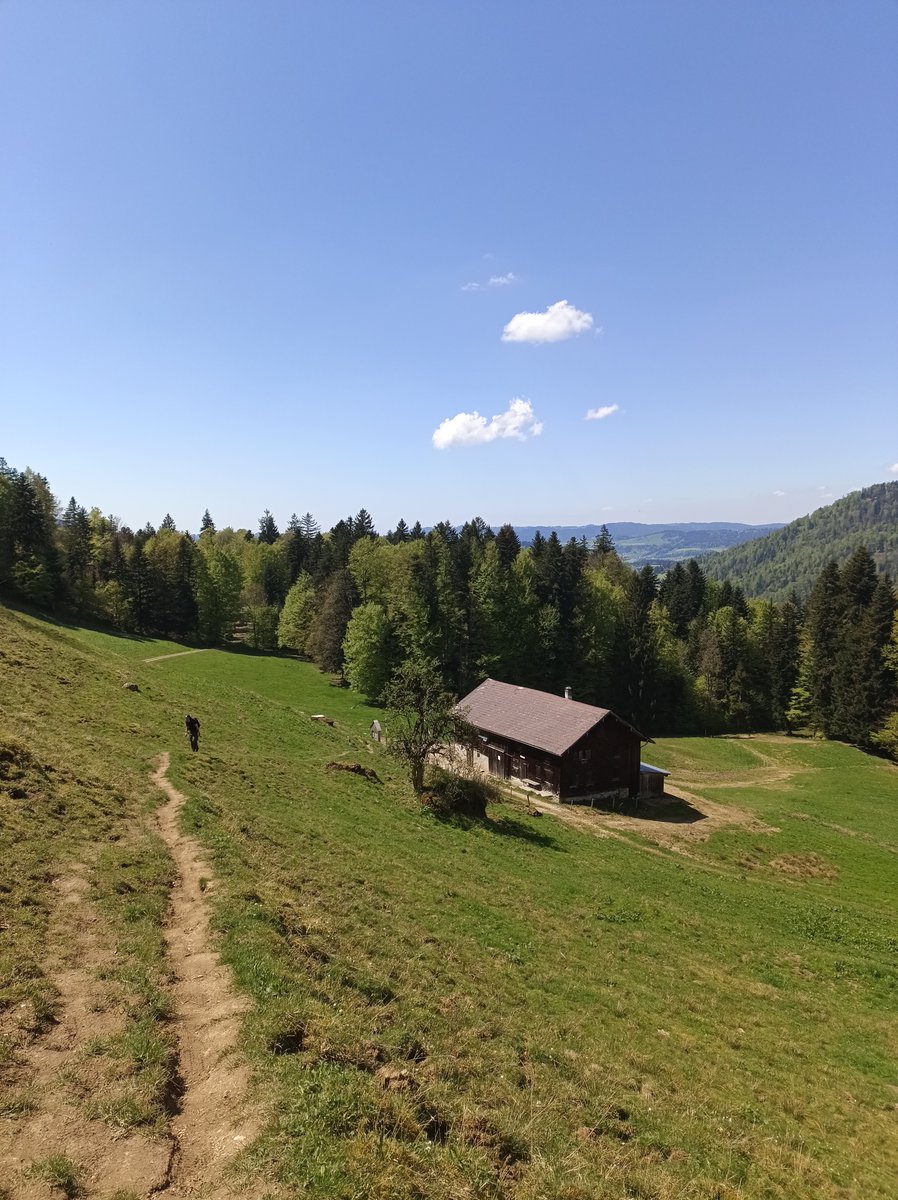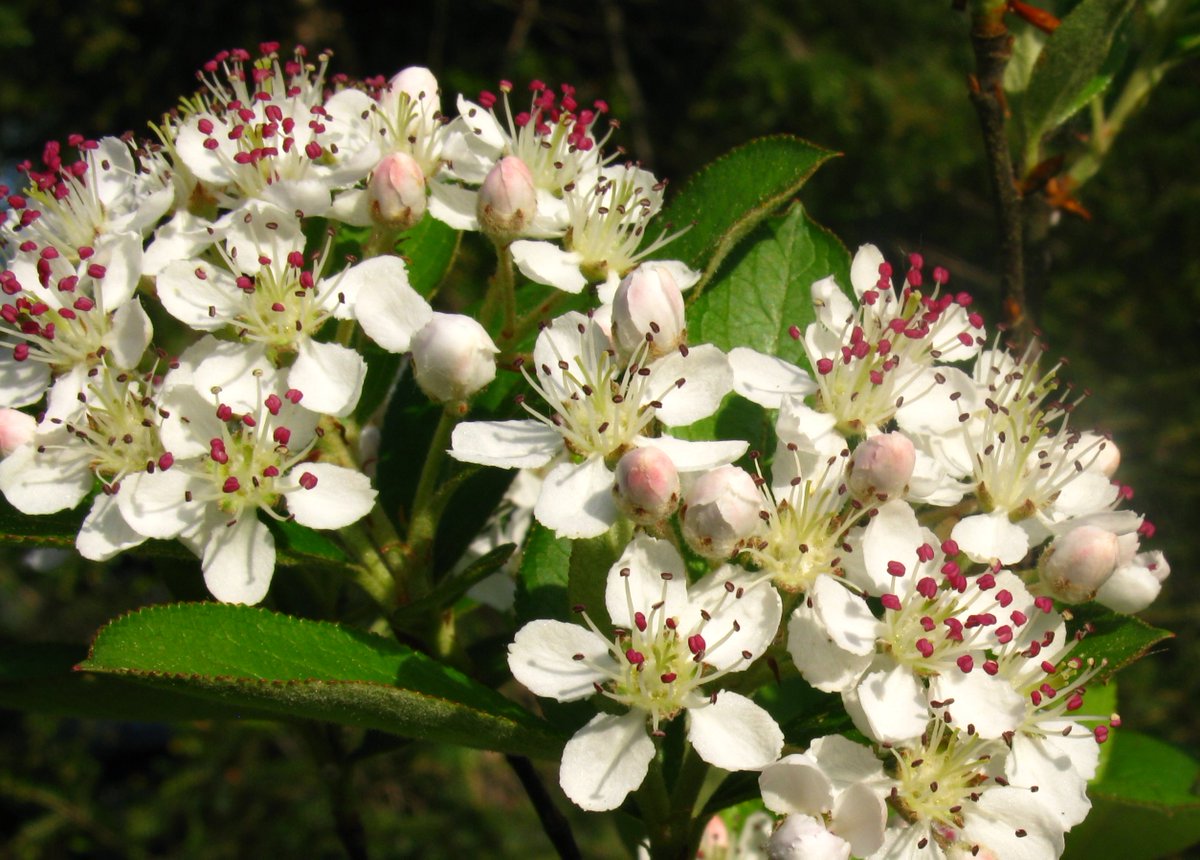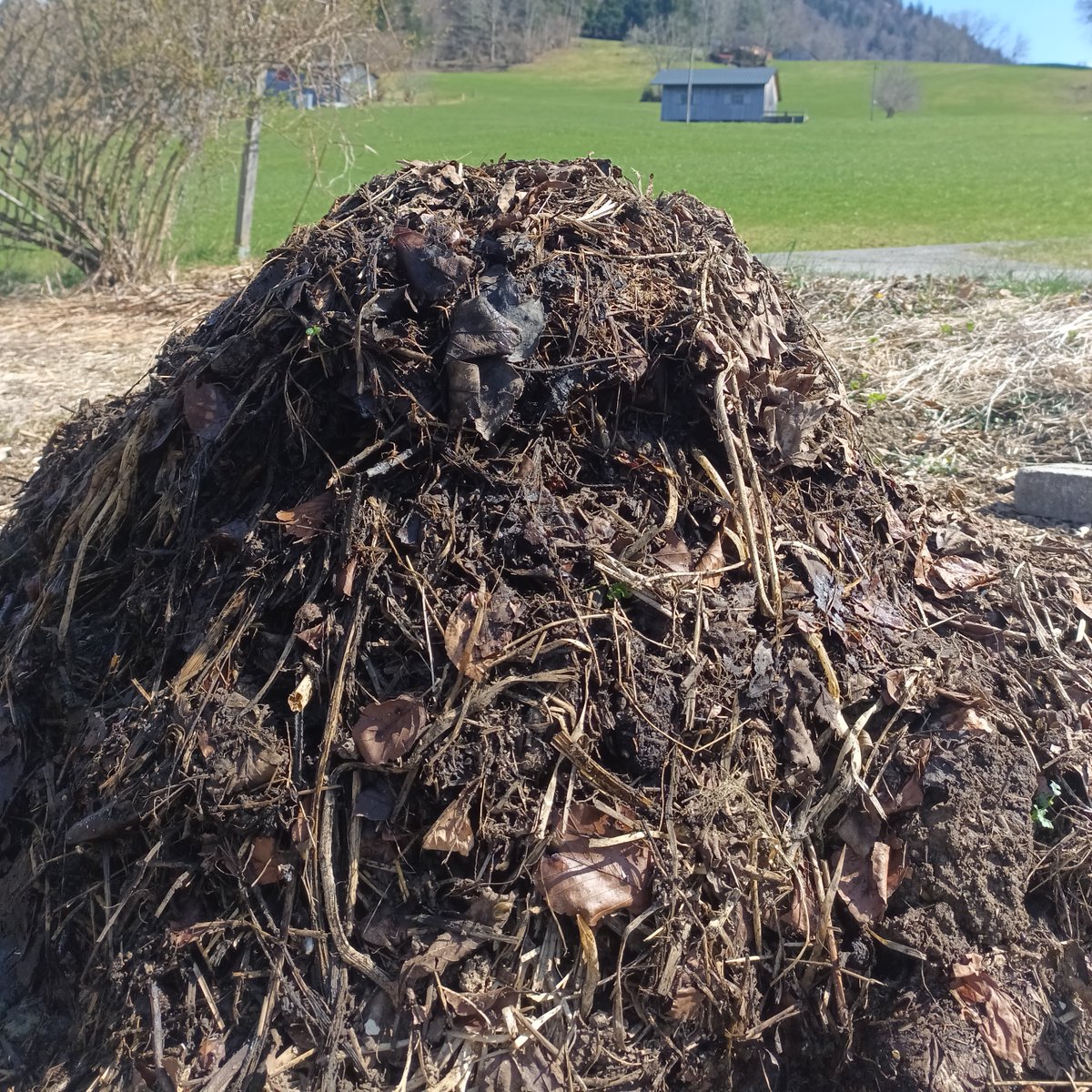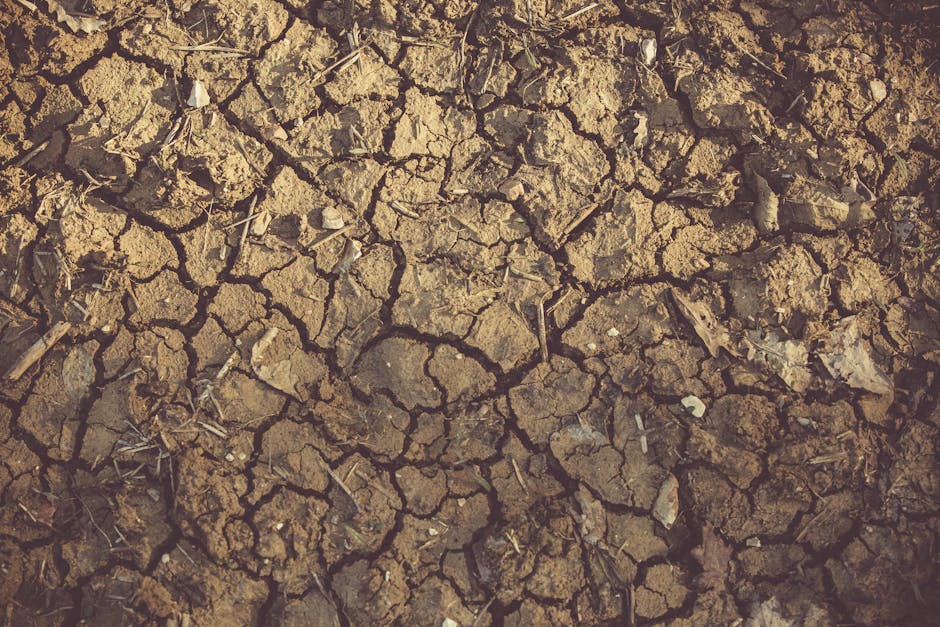
Medical doctors turned Permaculturists.
We help gardeners overcome fear of failure and implement a Permaculture Garden through doable steps.
Free Newsletter:
How to get URL link on X (Twitter) App


 1. Meet Wild Rocket: The Arugula That Never Quits
1. Meet Wild Rocket: The Arugula That Never Quits

 1. "My compost pile has gone dormant" - A common autumn gardening misconception.
1. "My compost pile has gone dormant" - A common autumn gardening misconception.
 1. Observe enough before you act
1. Observe enough before you act

https://twitter.com/CryptoPrepper/status/1968705835334291696
 1. Meet Comfrey: The Deep-Mining Machine
1. Meet Comfrey: The Deep-Mining Machine
 1. Most properties fight water. Smart design captures it.
1. Most properties fight water. Smart design captures it.
 What makes daikon special for permaculture?
What makes daikon special for permaculture?

 1. What makes Aronia special?
1. What makes Aronia special?

 1. Organic matter without minerals is like a house without a foundation.
1. Organic matter without minerals is like a house without a foundation.

 1. Bare soil is your garden's biggest energy drain.
1. Bare soil is your garden's biggest energy drain.

 1. Soil can't be manufactured in laboratories—only living systems create it.
1. Soil can't be manufactured in laboratories—only living systems create it.